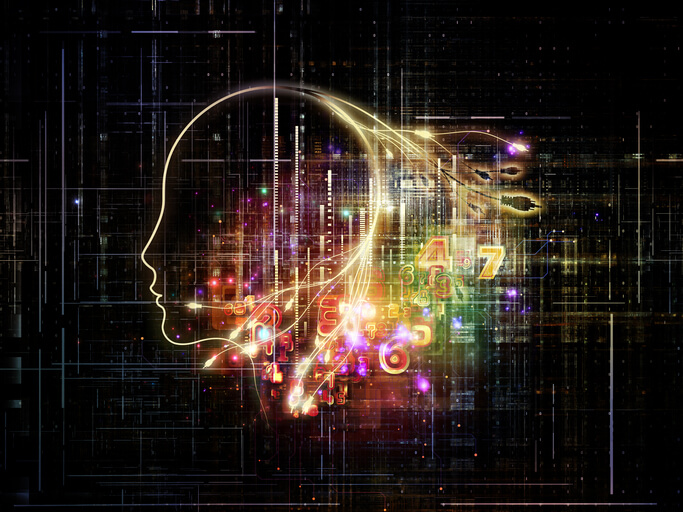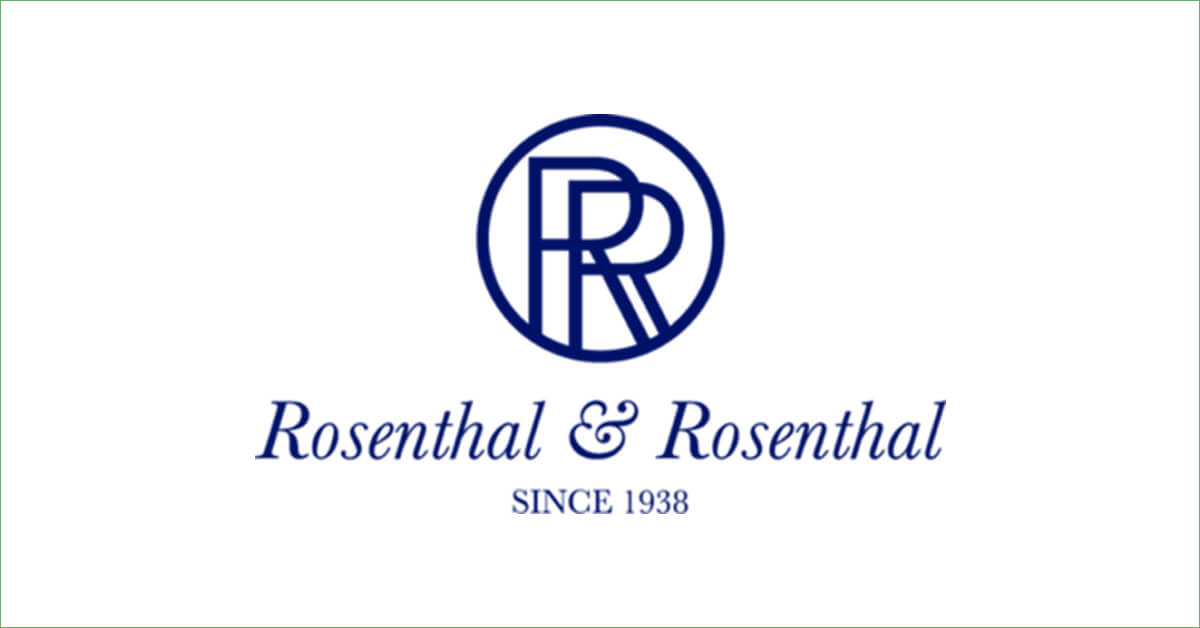Each day in businesses and warehouses across the globe, workers spend their day on tasks that are mundane and repetitive. Without an opportunity for advancement, they might feel as though they’re little more than robots, completing tasks that require a minimum amount of human logic and reasoning.
Soon that will change. Robotic process automation (RPA) is the current big technology trend in many major industries. With RPA, a business uses programmed software to automate everyday tasks, freeing up employees to focus their efforts on higher-level duties. The manufacturing industry has long relied on custom-designed robotics equipment to handle mundane tasks but advancements have brought the technology to other industries, as well.
Robotic Process Automation (RPA) in Business
Every professional deals with mundane tasks, whether it’s sorting email or cleaning up a mailing list. Administrative assistants, either virtual or in-office, can help with these tasks, but most businesses can’t afford to pay for this type of help for every employee. Instead, management and supervisors assign some of the tasks to entry-level employees and do the rest themselves. Over time, businesses will increasingly begin to rely on software that automatically organizes their messages or reviews and enhances their mailing lists, giving them improved results without them having to waste hours on the task.
Accounting departments have especially benefited from RPA, since duties like reconciling invoices with payments is time-consuming. With automation in place, businesses will reduce costly errors and speed up turnaround times to improve client relations. These benefits are in addition to the cost savings they achieve by reassigning employees to higher-level tasks. Over time, they may find they can phase out certain positions as employees leave or retire.
The Machine Learning Advantage
RPA isn’t limited to mundane tasks. In fact, thanks to machine learning, experts predict that software will be able to handle more sophisticated processes in the coming years. With machine learning, a computer has the ability to learn and adjust behavior over time, based on input it receives from the environment or device operators. Smart devices like thermostats are one example of this, since they adjust their temperature settings throughout the day based on homeowner preferences. Another example is a user’s Facebook feed, which changes the information it presents to a user based on post likes and link clicks.
In an office environment, software is beginning to be used to complete work based on the patterns it detects in a process. The decisions a business makes about its budget, for instance, often require human logic and reasoning. With machine learning, the software could eventually provide this business intelligence by analyzing past budget activity, possibly giving faster and more accurate information than a human expert making the same analysis.
RPA will change the way tasks are approached in the business environment. While it’s unlikely that software will ever completely replace the human touch, as technology grows more sophisticated, employees will spend less time on mundane and repetitive tasks and will be able to put their efforts toward helping a business grow. As a result, professionals will evolve, with humans specializing in higher-level occupations and letting software handle mundane and repetitive tasks.


















